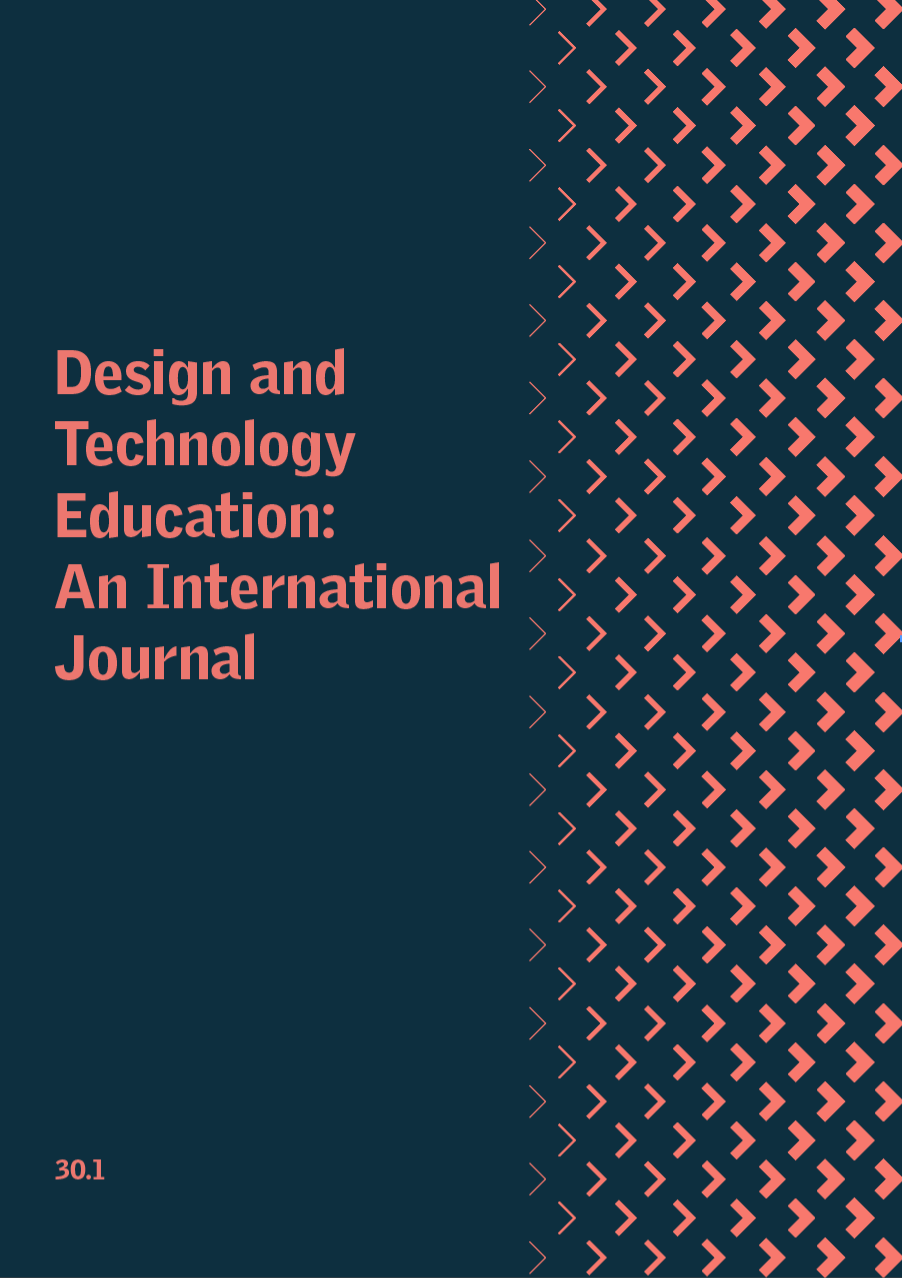Looking, Experimenting, Creating, Telling – Testing a Pedagogical Model for Design Learning
Keywords:
traditional costumes, intangible cultural heritage, textile education, design learning process, creative thinkingAbstract
This article presents the findings of an international workshop series focusing on traditional costume construction and surface embellishment techniques and designs. The findings of our Creative Europe TRACtion (Traditional Costume Innovation) project were used to inspire students and adult learners in the Republic of Ireland, Finland and Malta to develop creative, sustainable and innovative responses to traditional textile artefacts. The Finnish Association of Design Learning (SuoMu) Design Learning Model was applied to support the development of creative thinking in the workshops. Teaching strategies developed by textile educators and craftspeople in each context complemented the SuoMu Design Learning Model and supported interactions between workshop ideas, materials and participants. The workshops aimed to stimulate design, creative thinking, sustainable and innovative responses, and an appreciation of our textile heritage in each context. Feedback from workshop participants was evaluated in addition to workshop outputs using a thematic analysis approach to analyse workshop feedback and a visual research approach to support our identification of creative thinking indicators, including fluidity, flexibility, elaboration, and uniqueness. The SuoMu model helped guide the design process and develop creative thinking skills. The visual thinking and brainstorming strategies resulted in a bounty of ideas. Group, practical and experimental learning supported the ideation process. The workshops generated an abundance of fluent and flexible responses and ideas, and many unique and innovative ideas were embellished further. Visual literacy skills and textile cultural empathy were developed during workshops. Additionally, the ecological and sustainable use of materials was achieved.
Downloads
Published
How to Cite
Issue
Section
License

This work is licensed under a Creative Commons Attribution 4.0 International License.
This work is licensed under a Creative Commons Attribution 4.0 International License.
Authors who publish with this journal agree to the following terms:
Authors retain copyright and grant the journal right of first publication with the work simultaneously licensed under a Creative Commons Attribution License that allows others to share the work with an acknowledgement of the work's authorship and initial publication in this journal.
Authors are able to enter into separate, additional contractual arrangements for the non-exclusive distribution of the journal's published version of the work (e.g., post it to an institutional repository or publish it in a book), with an acknowledgement of its initial publication in this journal.


